Sport climbing’s journey to the Olympic stage has been a thrilling ascent.
From its roots as a niche activity to its debut at the Tokyo 2020 Games, this dynamic sport has captured the imagination of athletes and spectators alike.
As you prepare to dive into the fascinating world of Olympic sport climbing, get ready to discover some mind-blowing facts. You’ll learn about the unique challenges climbers face, the surprising history behind the sport’s inclusion, and the incredible feats of strength and skill on display at the highest level of competition. Whether you’re a seasoned climber or just curious about this exciting addition to the Olympic lineup, these seven facts will give you a whole new perspective on the sport.
1) Sport climbing debuted in the Olympics in 2020.
You might have noticed a new addition to the Olympic lineup in Tokyo 2020.
Sport climbing made its grand entrance on the world’s biggest sporting stage.
This exciting discipline joined the likes of skateboarding, surfing, and karate as new sports added to the Olympic programme.
It was a thrilling moment for climbers and fans alike.
The Olympic format combined three climbing disciplines: speed, bouldering, and lead.
You’d see athletes racing up a 15-meter wall, solving tricky boulder problems, and scaling towering lead routes.
Interestingly, speed climbing in the Olympics became the fastest event, beating out the 100-meter dash in athletics.
Talk about quick ascents!
The inclusion of sport climbing brought a fresh wave of excitement to the Games.
It showcased the strength, agility, and problem-solving skills required in this dynamic sport.
If you missed it in Tokyo, don’t worry.
Sport climbing is set to return in Paris 2024, with some exciting format changes to look forward to.
2) The competition includes three disciplines: lead, speed, and bouldering.
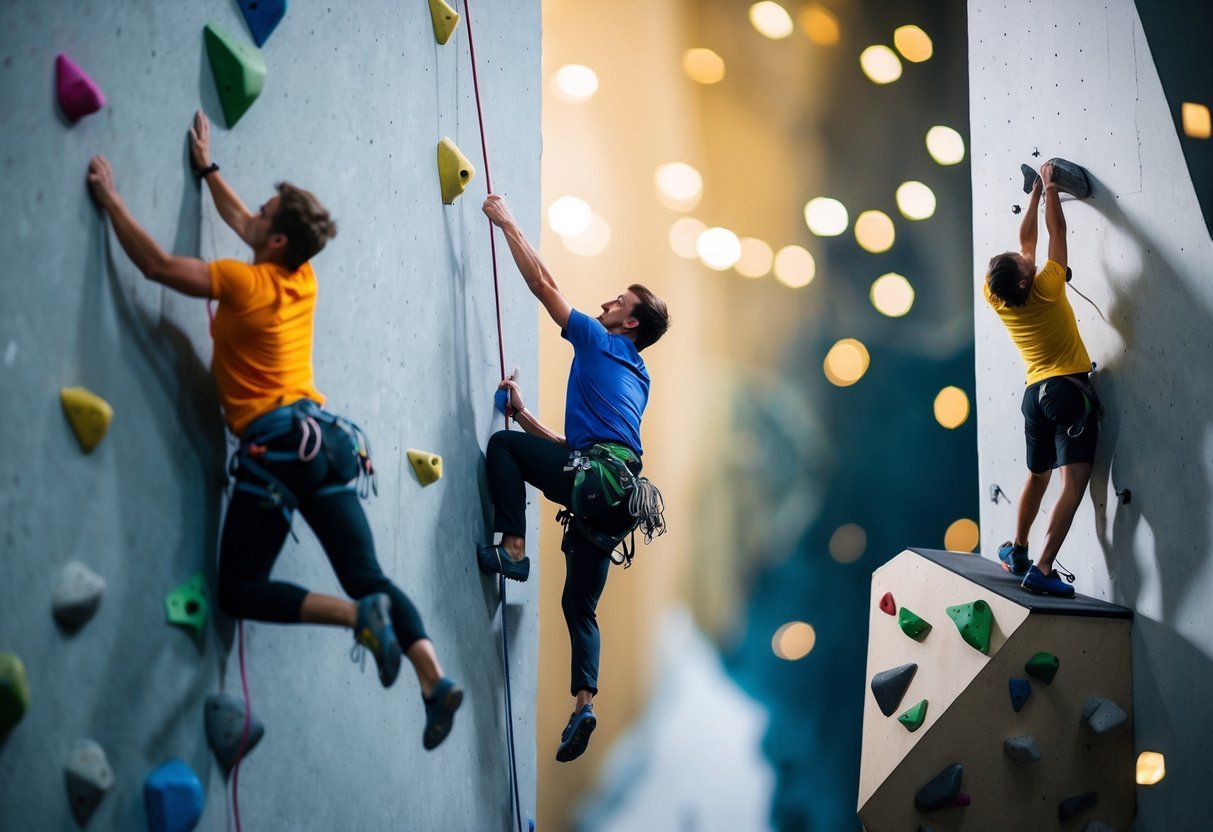
Olympic sport climbing puts athletes to the test in three distinct disciplines.
Each one challenges different skills and adds excitement to the competition.
In lead climbing, you’ll see climbers scaling tall walls with ropes.
They aim to reach the highest point possible within a set time.
It’s all about endurance and route-finding ability.
Speed climbing is a race against the clock.
Two climbers dash up identical 15-meter walls side by side.
The fastest to the top wins.
It’s pure adrenaline and requires lightning-fast reflexes.
Bouldering throws short but intense problems at climbers.
You’ll watch them tackle low walls without ropes, solving tricky sequences.
It’s a test of strength, flexibility, and problem-solving skills.
Each discipline contributes to the overall scoring in Olympic sport climbing.
The combination of these three styles ensures a well-rounded competition that showcases various climbing talents.
Whether you prefer the tactical nature of lead, the rush of speed, or the puzzles of bouldering, Olympic sport climbing has something to keep you on the edge of your seat.
3) Adam Ondra is considered one of the best sport climbers in the world.
You’ve probably heard of Adam Ondra if you’re into sport climbing.
This Czech athlete is a true climbing prodigy, known for his incredible skills on both artificial and natural walls.
Ondra has made a name for himself by tackling some of the world’s hardest rock climbs.
He’s even conquered the infamous Dawn Wall in Yosemite, completing only the second free ascent of this challenging route.
What sets Ondra apart is his unique climbing style.
You might be surprised to learn that he’s known for his distinctive yelling while climbing.
It’s just one of the quirks that make him such an interesting athlete to watch.
Despite his impressive outdoor accomplishments, Ondra has also excelled in competitive climbing.
He’s a multiple-time world champion and has consistently performed well in international competitions.
As sport climbing made its Olympic debut, many eyes were on Ondra.
His versatility across different climbing disciplines made him a strong contender for a medal.
Whether you’re a climbing enthusiast or new to the sport, watching Ondra in action is truly a sight to behold.
4) Speed climbing is often compared to a vertical sprint.
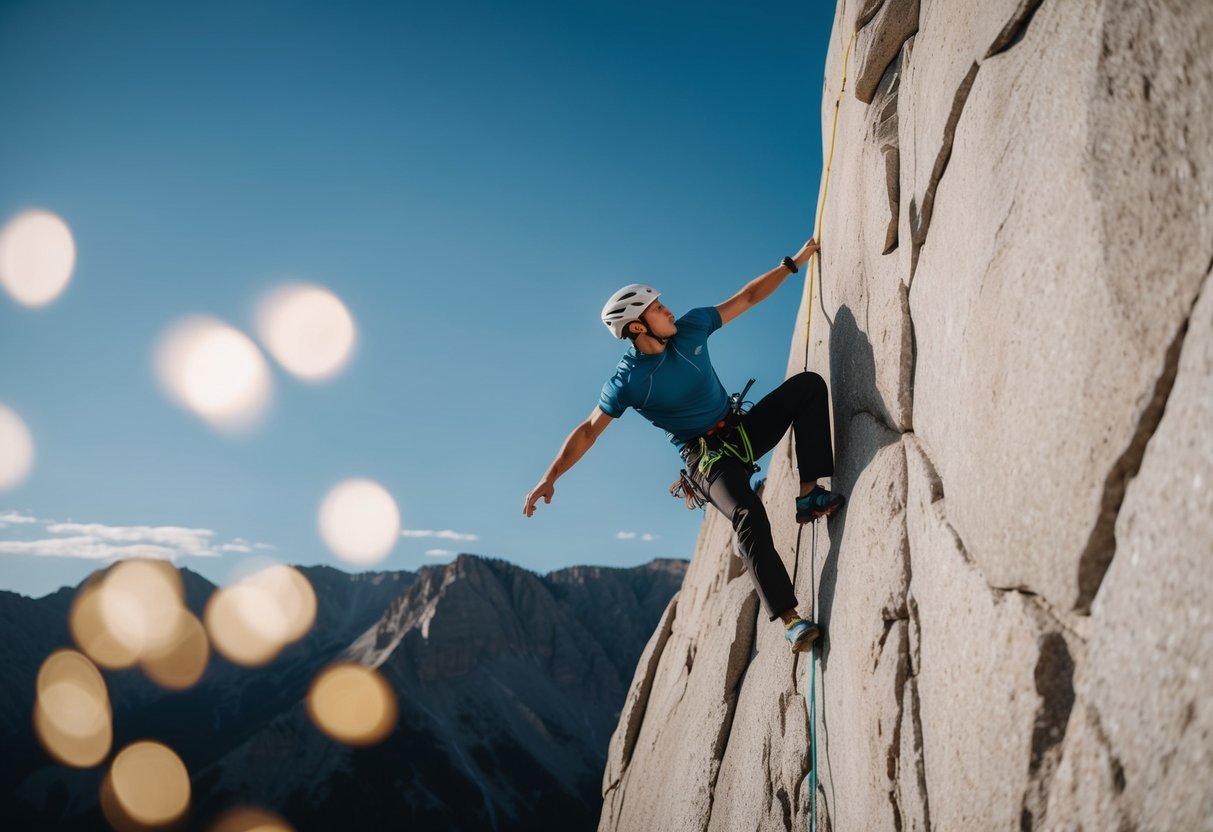
You might think of speed climbing as a race up a wall.
It’s like a 100-meter dash, but straight up instead of along the ground.
Climbers zoom up a 15-meter wall in mere seconds.
The fastest climbers can scale the wall in under 5 seconds.
That’s quicker than Usain Bolt’s 100-meter sprint record! It’s no wonder speed climbing is considered one of the fastest sports at the Paris 2024 Olympics.
The wall is always the same, no matter where you compete.
This lets climbers practice the exact route over and over, perfecting their moves.
It’s all about muscle memory and explosive power.
You’ll see climbers using their arms and legs in perfect sync.
They’re like spiders, moving with incredible speed and precision.
Some even say they feel like Spider-Man when they’re on the wall!
Speed climbing is a thrilling spectacle.
Blink and you might miss it! It’s this lightning-fast nature that makes it such an exciting addition to the Olympic lineup.
5) The wall height for Olympic bouldering is set at 4.5 meters
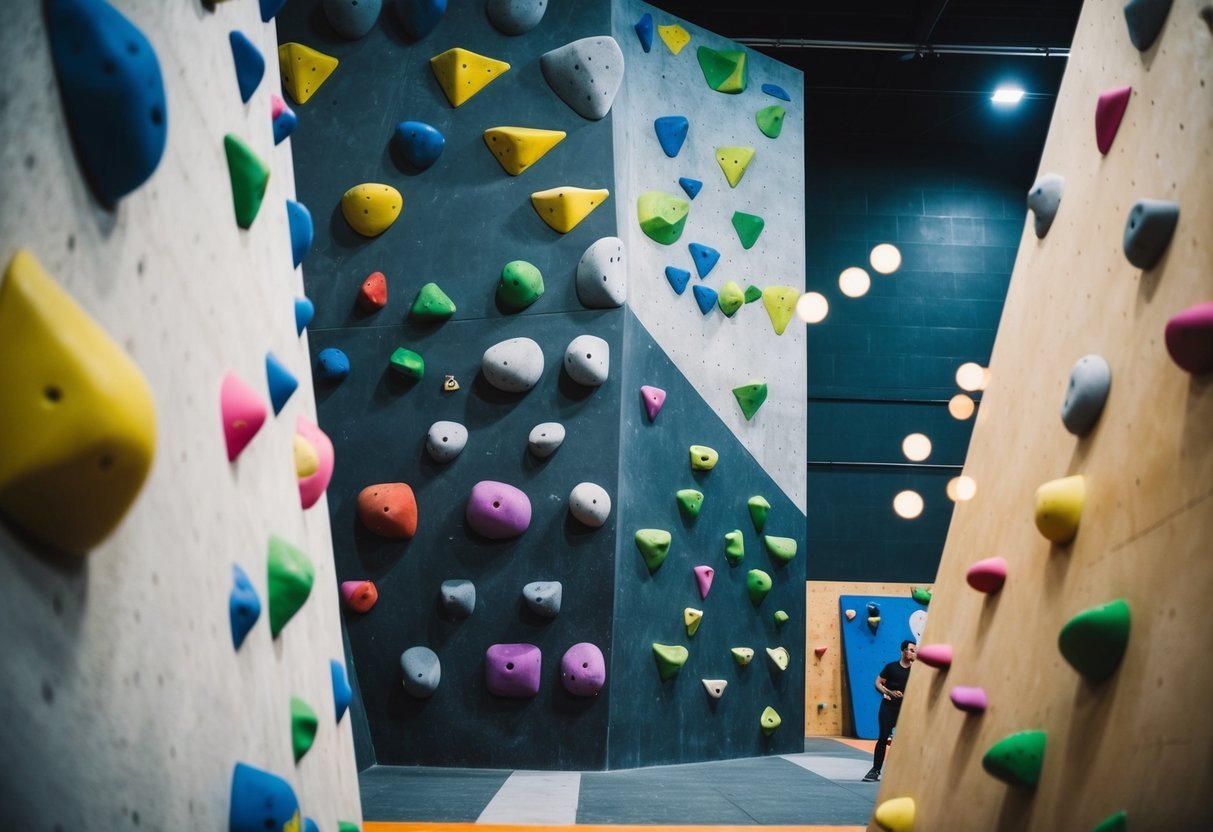
Ever wondered how high you’d have to climb in Olympic bouldering? The answer might surprise you.
The bouldering wall for Olympic sport climbing stands at a modest 4.5 meters tall.
That’s about 15 feet in height, which may not seem like much at first glance.
But don’t let the numbers fool you.
This compact wall packs a punch when it comes to challenging climbers.
You’ll find that the relatively low height allows for some seriously tricky problems.
Setters can create routes that require explosive moves, delicate balance, and mind-bending body positions.
The 4.5-meter height also means you won’t need ropes or harnesses.
It’s just you, the wall, and a crash pad below.
This setup keeps the action fast-paced and exciting for spectators.
Remember, in bouldering, it’s not about how high you climb, but how you solve the puzzle in front of you.
The Olympic wall height perfectly captures this essence of the sport.
6) Janja Garnbret won the first-ever women’s gold medal in sport climbing.
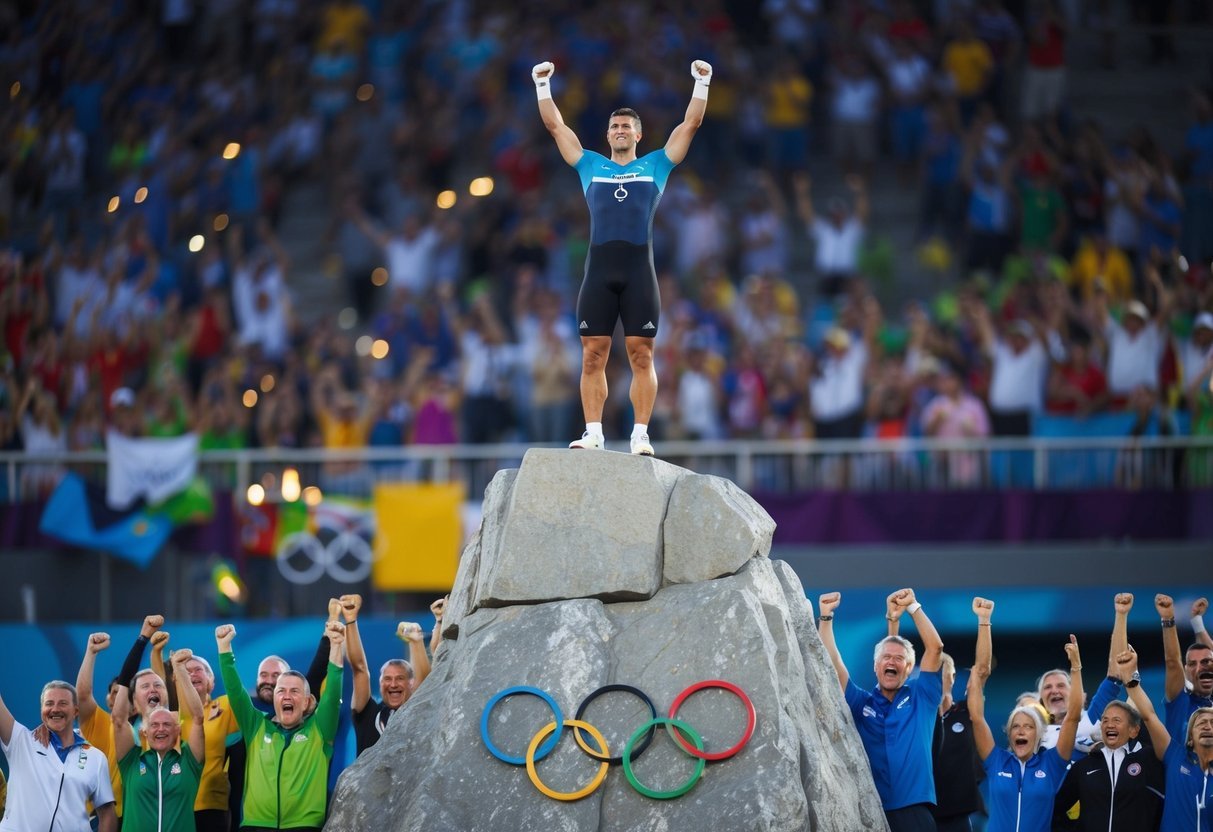
You might know Janja Garnbret as the climbing sensation from Slovenia.
In 2021, she made history at the Tokyo Olympics by becoming the first woman to win a climbing gold medal at the Games.
At just 22 years old, Garnbret dominated the competition.
She crushed it on the bouldering wall and showed off her skills on the lead wall.
Her combined score of 5.0 put her in a league of her own.
You’ve got to admire Garnbret’s talent and dedication.
She’s widely regarded as the greatest competition climber of all time, and her Olympic performance proved why.
Her victory wasn’t just personal.
It was a big moment for Slovenia too.
Garnbret became the first Slovenian woman to snag a gold medal at the Tokyo Olympics.
If you’re into extreme sports, Garnbret’s win is definitely something to celebrate.
It put sport climbing on the map and showed the world just how exciting this discipline can be.
7) The IFSC, International Federation of Sport Climbing, governs the sport.
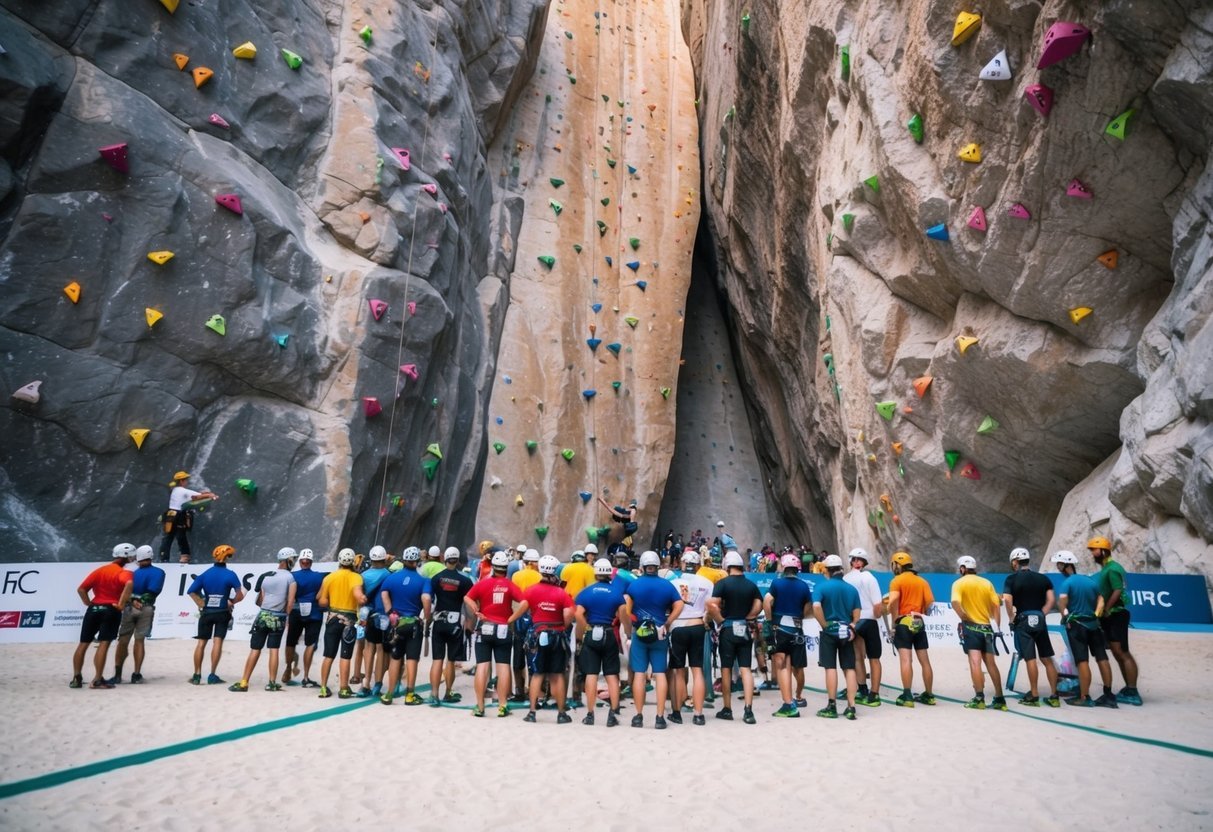
Ever wonder who’s calling the shots in competitive climbing? That’s where the International Federation of Sport Climbing (IFSC) comes in.
These folks have been running the show since 2007.
The IFSC isn’t just some random group.
They’re the big dogs when it comes to organizing and regulating sport climbing events worldwide.
Think of them as the climbing world’s rule-makers and event planners rolled into one.
You might be surprised to learn that the IFSC is a non-profit organization.
Their main goal? To promote and develop sport climbing across the globe.
They’re not in it for the cash, but for the love of the sport.
Want to catch some top-notch climbing action? The IFSC is your go-to.
They organize World Cups, World Championships, and other major competitions that’ll have you on the edge of your seat.
With climbing now an Olympic sport, the IFSC’s role has become even more crucial.
They work closely with the International Olympic Committee to ensure climbing meets all the Olympic standards.
Pretty cool, right?
The Road to Inclusion
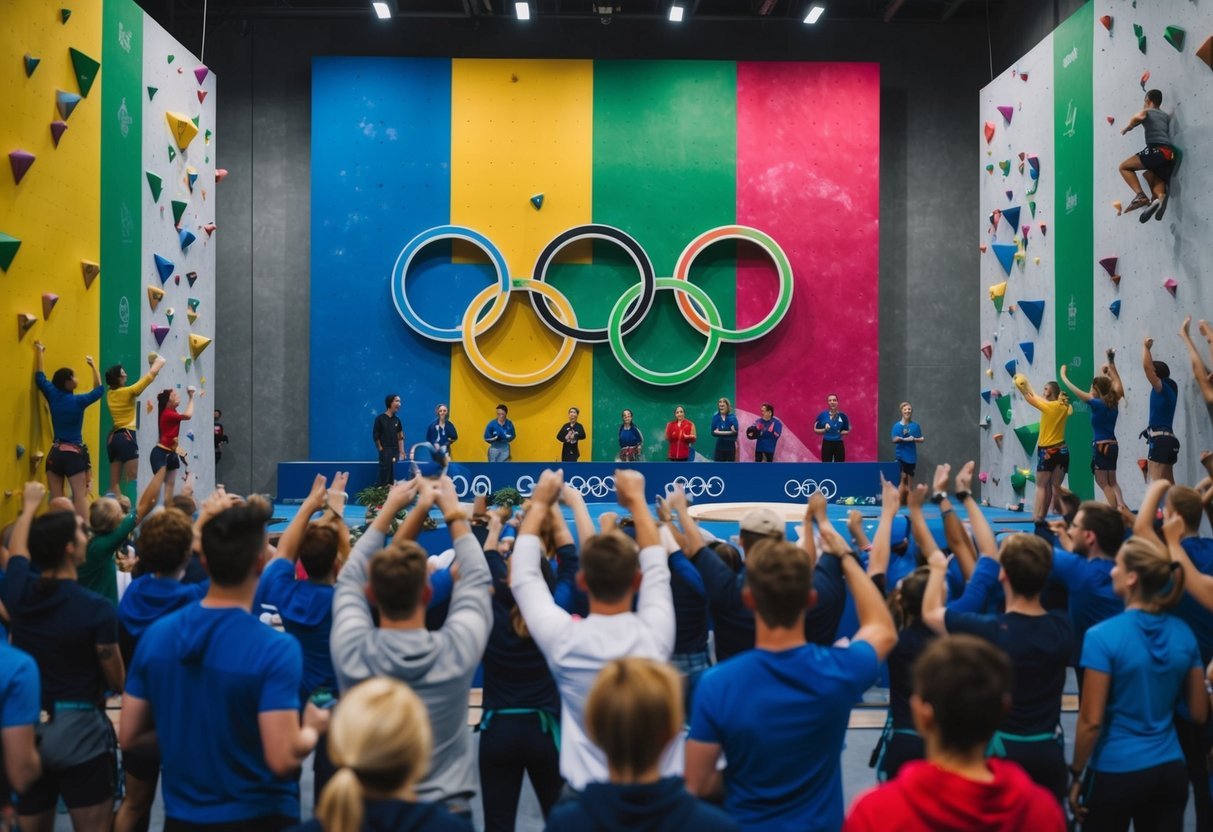
Sport climbing’s journey to the Olympics was a long and winding path filled with passionate advocacy and crucial turning points.
Let’s take a look at how this exciting sport made its way onto the world’s biggest athletic stage.
Early Advocacy and Efforts
Back in the 1980s, competitive climbing was just getting started.
You might not believe it, but the first organized competitions took place on natural rock faces! As the sport grew, enthusiasts began pushing for Olympic recognition.
The International Federation of Sport Climbing (IFSC) formed in 2007, giving climbers a unified voice.
They started lobbying the International Olympic Committee (IOC) hard.
Their pitch? Climbing is exciting, accessible, and appeals to young folks – perfect Olympic material!
But it wasn’t easy.
The IOC turned them down for the 2020 Games at first.
Ouch! But climbers don’t give up easily.
Key Milestones
Things started looking up in 2014.
The IOC changed its rules, making it easier to add new sports.
Score!
Then in 2015, a big break came.
Tokyo 2020 organizers could suggest new sports, and they loved climbing.
The IFSC made their case, showing off how thrilling and athletic climbing can be.
August 2016 brought the news climbers had been waiting for – sport climbing would debut at Tokyo 2020! It was a huge win after decades of effort.
But the story doesn’t end there.
Climbing proved so popular that it’s set to return for Paris 2024, with an expanded medal program.
Talk about reaching new heights!
Impact of Sport Climbing in the Olympics
Sport climbing’s Olympic debut has shaken up the competitive climbing world and captured global attention.
Its inclusion has sparked new interest in the sport and thrust athletes into the spotlight.
Popularity Surge
Since joining the Olympic program, sport climbing has seen a massive uptick in popularity.
Climbing gyms have reported increased memberships as more people want to try their hand at scaling walls.
You might notice longer wait times at your local climbing spots!
The sport’s exposure on the Olympic stage has also led to more outdoor enthusiasts hitting natural rock faces.
This newfound interest has boosted sales of climbing gear and equipment.
Social media has played a big role too.
Climbers are sharing their experiences online, inspiring others to give it a go.
The sport’s cool factor has definitely gone up!
Spotlight on Athletes
Olympic inclusion has turned some climbers into household names.
You’ve probably heard of Janja Garnbret, who won the first-ever gold medal in women’s sport climbing at Tokyo 2020.
These athletes are now getting more media attention and sponsorship deals.
They’re becoming role models for aspiring climbers worldwide.
The Olympics have also highlighted the incredible physical and mental strength required in climbing.
You might be amazed by the finger strength, problem-solving skills, and sheer determination these athletes display.
The diversity of climbing disciplines showcased in the Olympics has given viewers a new appreciation for the sport’s complexity.
Frequently Asked Questions
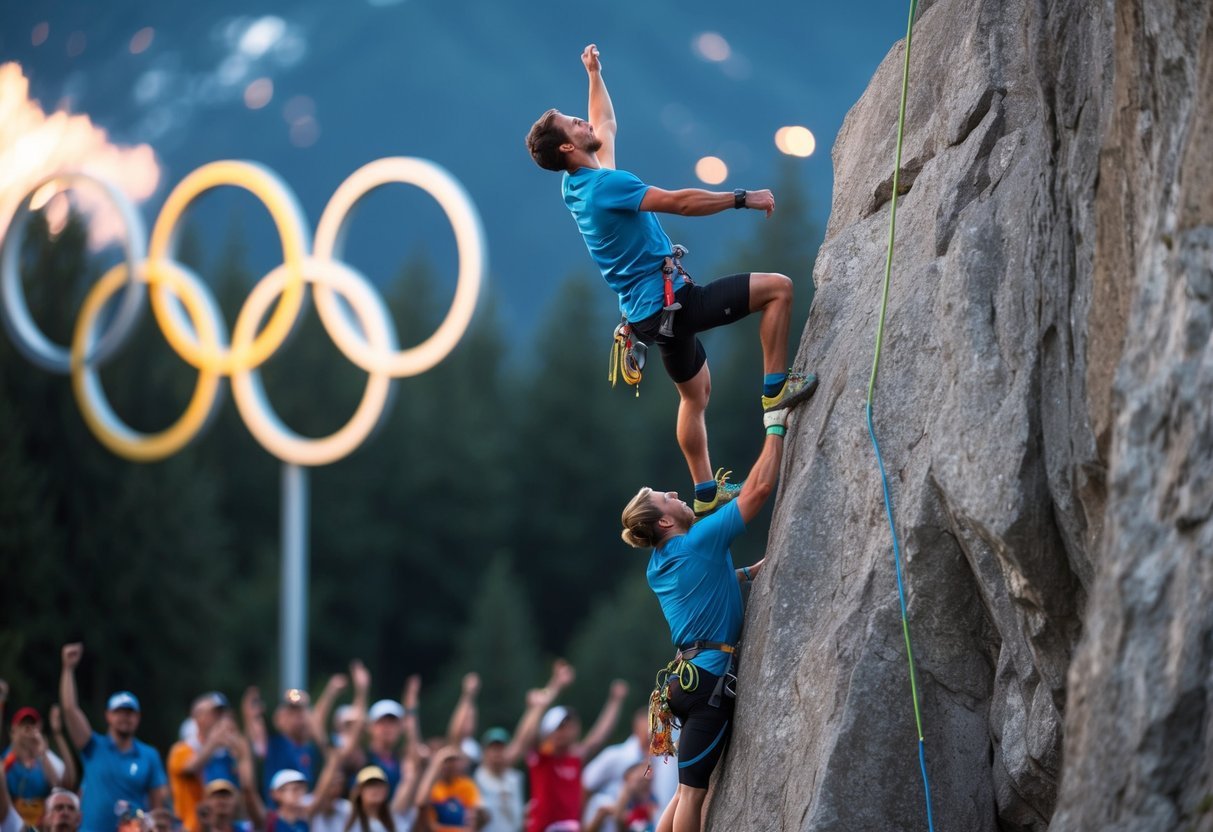
Sport climbing’s Olympic journey has been filled with exciting developments and unique challenges.
Let’s dive into some common questions about this thrilling addition to the Games.
From its debut in the Tokyo 2020 Olympics, sport climbing has captured the imagination of fans worldwide, showcasing not only incredible athleticism but also the mental toughness required to navigate complex routes.
As the competition heats up, we are witnessing top sport climbers making history, pushing the boundaries of what was previously thought possible in the sport.
With new talent emerging and seasoned athletes returning, the future of sport climbing appears brighter than ever.
How did climbing make its way into the Olympic Games?
Sport climbing’s path to the Olympics was a long and winding one.
It took years of lobbying and demonstration events before the International Olympic Committee finally gave it the green light.
The sport’s growing popularity and its appeal to younger audiences played a big role in its inclusion.
Can you tell me what climbing disciplines are featured in the Olympics?
When you tune in to Olympic climbing, you’ll see three distinct disciplines in action. These are speed, bouldering, and lead climbing.
Each discipline tests different skills, from pure athleticism to problem-solving under pressure.
What’s the lowdown on the Olympic climbing grade levels?
Olympic climbing routes are no joke – they’re designed to challenge even the world’s best.
The exact grades can vary, but you can bet they’re at the upper end of the difficulty scale.
These routes would make most recreational climbers’ palms sweat just looking at them!
What’s the record for speed climbing in the Olympics?
Speed climbing is all about racing the clock.
The current Olympic record might surprise you with how quickly these athletes can scale a 15-meter wall.
It’s like watching spiders scurry up a vertical track!
Just how new is sport climbing as an Olympic event?
You might think climbing’s been in the Olympics forever, but it’s actually a newbie. Sport climbing made its Olympic debut in Tokyo 2020.
That means the sport’s still finding its footing in the Olympic world.
What’s the deal with the ‘combined’ format in Olympic sport climbing?
The combined format in Olympic climbing is pretty unique.
Athletes compete in all three disciplines – speed, bouldering, and lead.
Your overall ranking is based on how well you do across all three events.
It’s like a climbing triathlon, testing every aspect of a climber’s skills.


